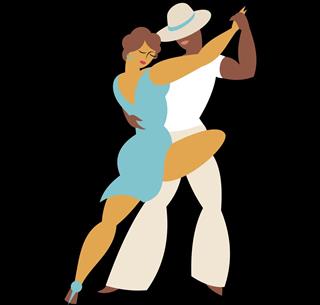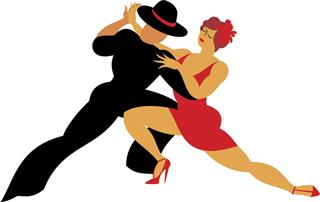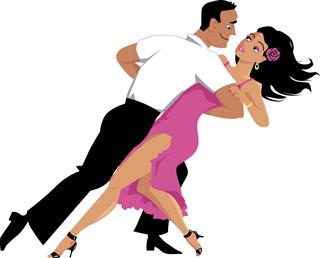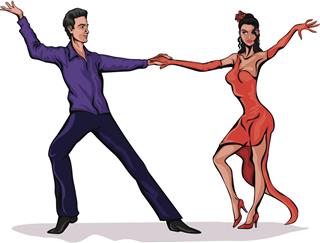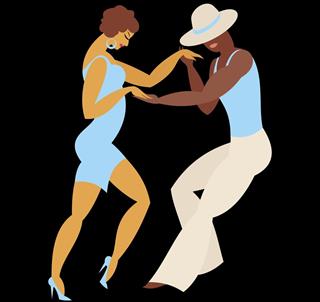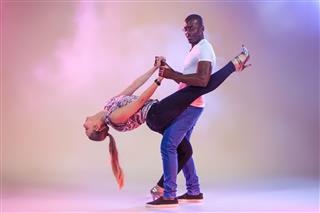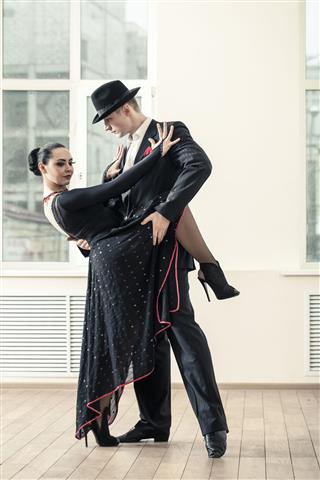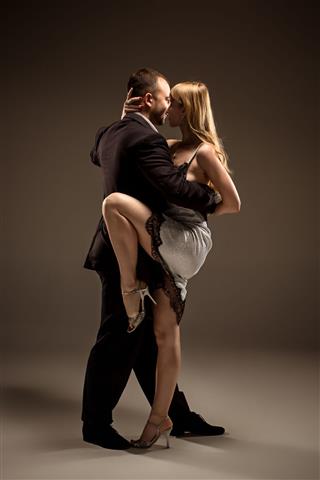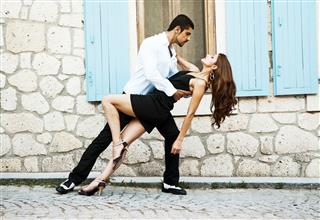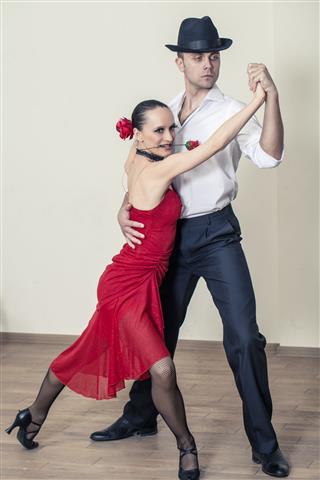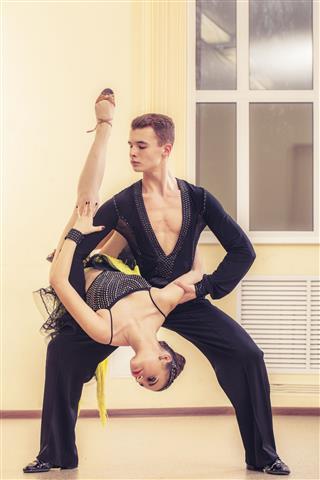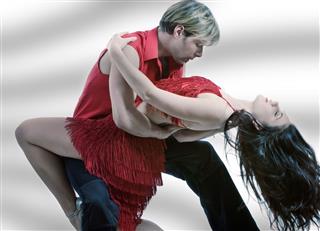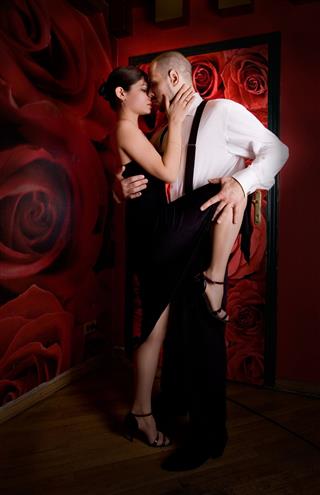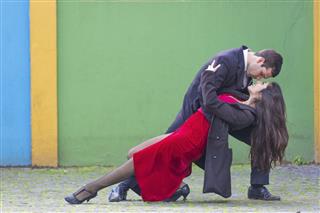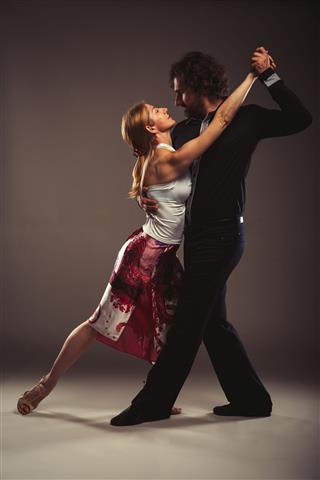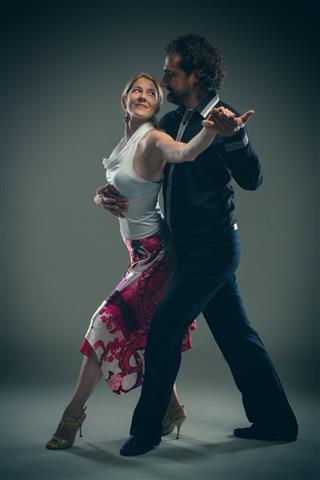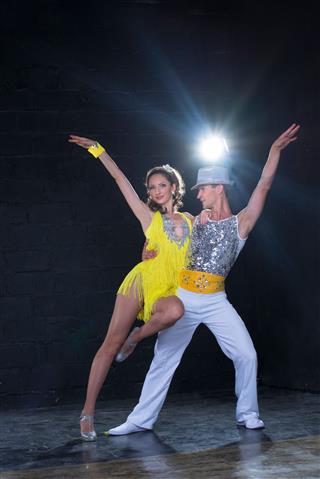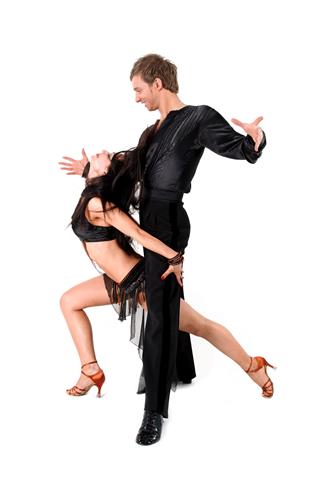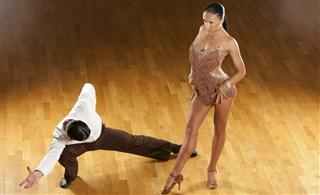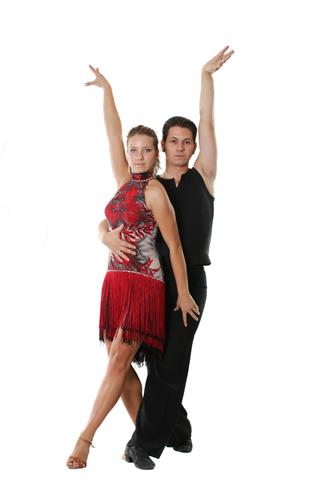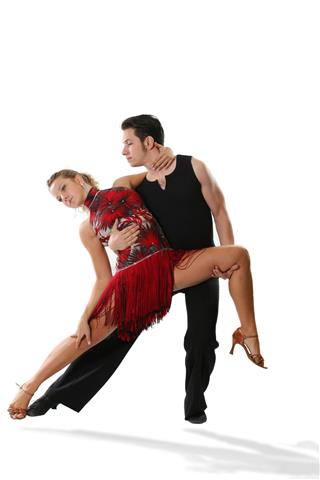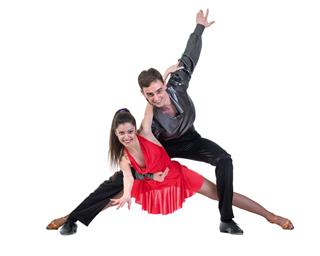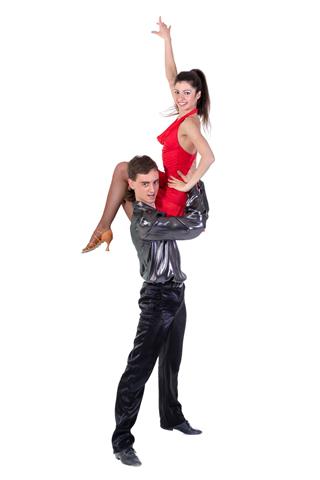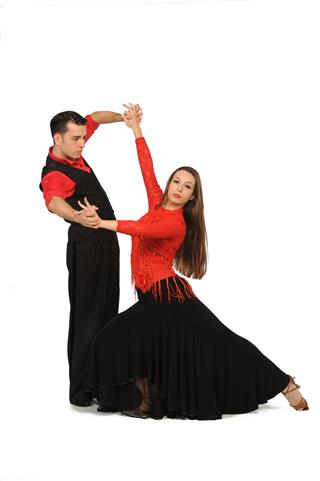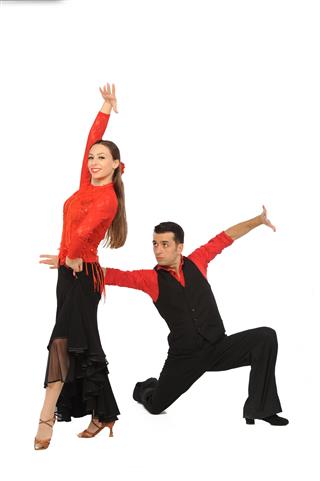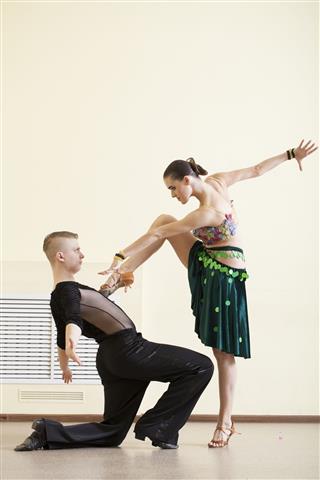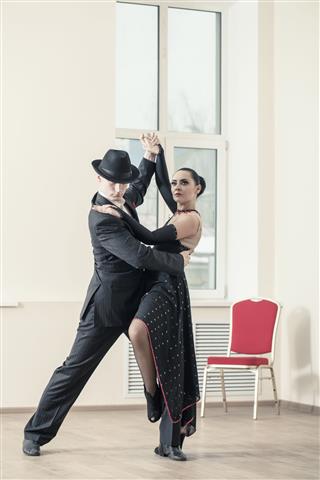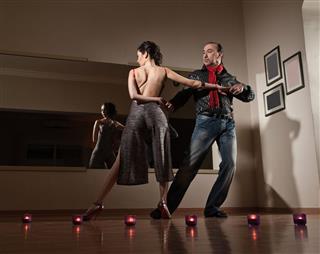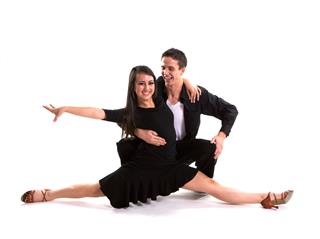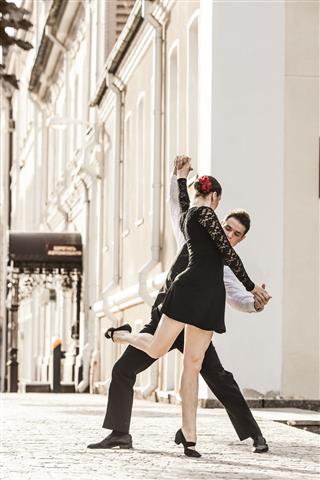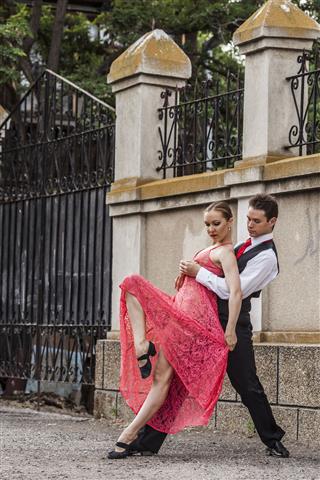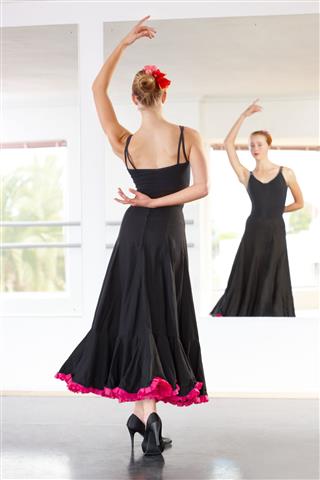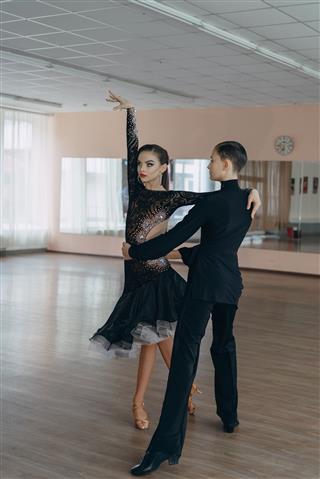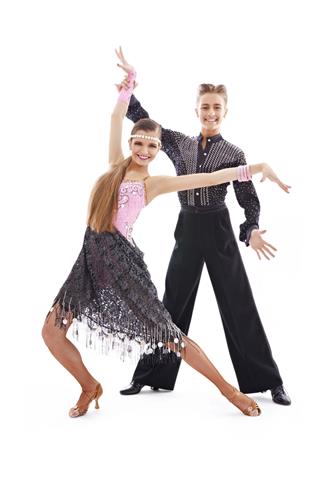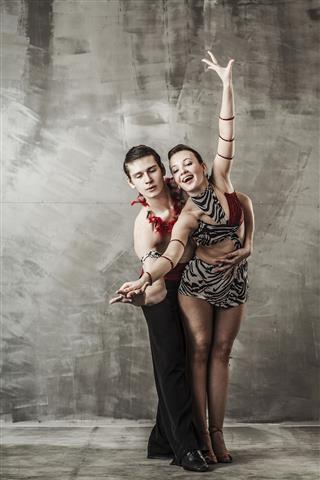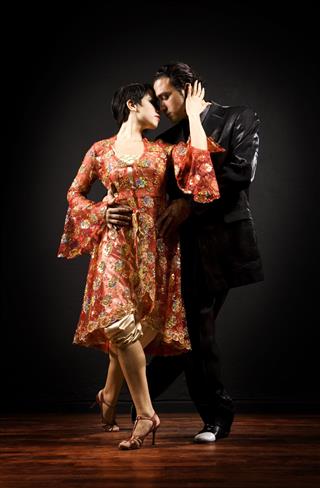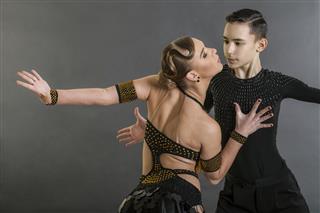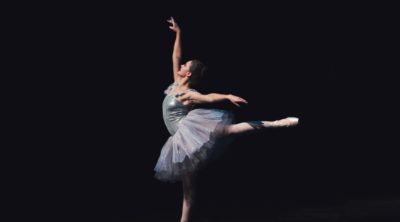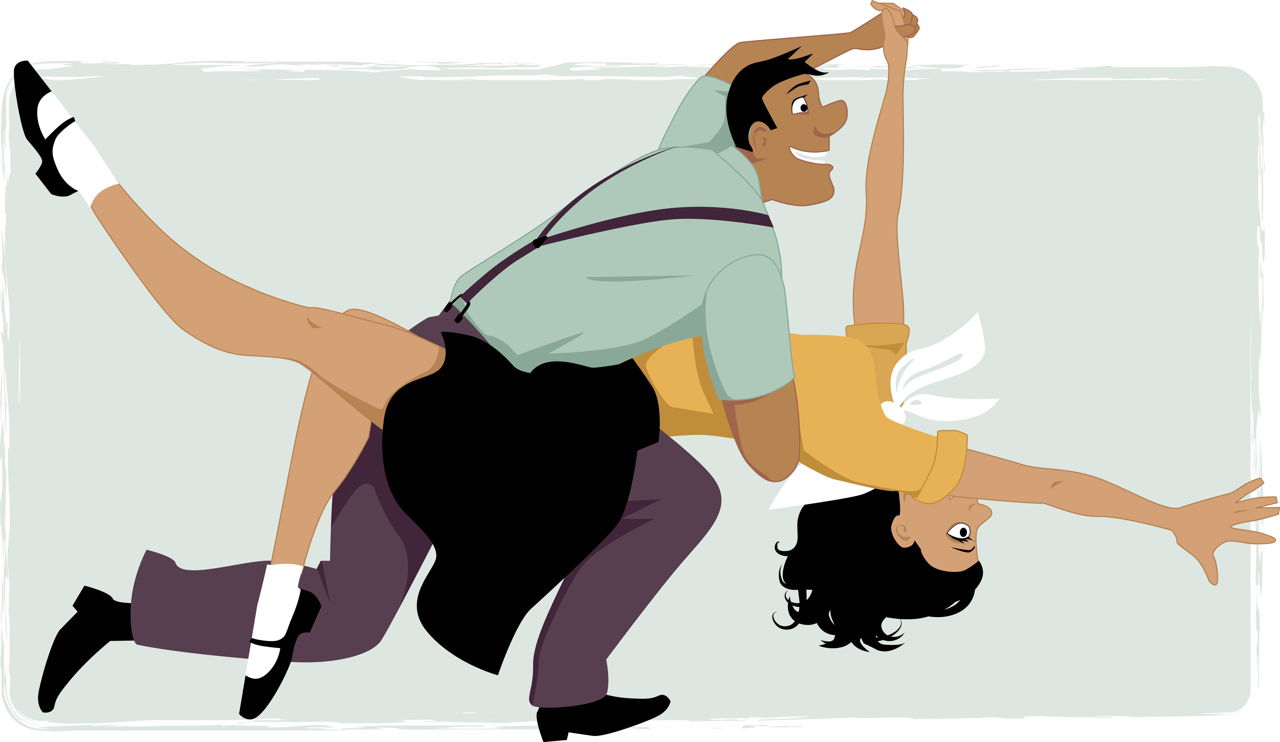
Latin dances have enamored many across the world. These dances, marked with sensual moves and electric energy, have great history to them. Most of these dances have their origins linked to the African drum beats. Let’s take a look at their history and their impact on the world today.
― Mark Twain
Whether it’s the Salsa, Mambo, Cha Cha Cha, Macarena or Lambada, all of them have two common factors – rhythm and rhyme. Rhythm is defined by distinct beats and rhyme gets a whole lot grooving! We all have at some point danced, seen the dance, or wished to dance in the sensuous Latin style. The frilly colorful dresses, haute pair of heels, and gorgeous bodies have enamored endless spectators. Streamline bodies of male dancers have left enough number of women, just gaping at them. Such is the power of Latin dances, that it is the rhythm which the world dances to today!
The history of these dances can be traced back to Europeans and African slaves. As a recreational activity, these slaves would create music with the beat of the drums or with tapping of feet. This form of music developed over the years, into Latin music for such dances. They would dance to these beats, to relax after a hard day’s labor. Latin music later evolved as an amalgamation of jazz and Afro-American music.
Salsa
Salsa has its roots from the fusion of Cuban and Puerto Rican music and the jazz culture of New York. To look at its etymology, ‘Salsa’ literally means ‘sauce’. Evidently, it derives its name from a strong flavored sauce. The dance form originates from the time when the slaves were given the liberty to dance to their own beats, on the streets. The congregation on the streets to perform these dances was called ‘Santerias’. The music had complex drum beats known as ‘toques’. The early stages of Salsa saw drummers mimicking the dancer’s body, whereas in the modern-day, it is the dancer dancing to the beats of the drummer.
Mambo
Mambo grew as a dance form of the Haitians in Cuba. Back home in Haiti, ‘Mambo’ means a voodoo priestess who performs the rituals of witchcraft while dancing. The music of Mambo is a blend of the Swing and Cuban music. It was Perez Prado, who introduced the dance in a night-club in Havana, in 1943. The Mambo craze did not last long however. Its biggest contribution to the Latin American dances is that it led to the origin of Cha Cha Cha.
Cha Cha Cha
Cha Cha Cha gained popularity in 1954, as an offshoot of Mambo. Previously, Cha Cha Cha was known as the ‘Triple Mambo’. This dance form developed as dancers began dancing to the ‘Rumba’ with an extra beat. The dance derives its name from the beat, that the feet create, while performing the dance.
Macarena
The credit of Macarena goes to a Venezuelan dance teacher, who came up with the dance steps to engage her class in some activity. The famous song by ‘Los del Rio’ has been associated with it, since its inception.
Brazilian Samba
As the name suggests, the dance found its originators among the Brazilian people. The slaves from South-West Africa came to Brazil to work in the colonies in the Bahia plantation. For these slaves, Samba meant praying and calling upon the blessings of God. It was when the African rhythms merged with Latin beats, that it gave birth to this unique style of dancing. Samba was danced on the streets and at the festivals to celebrate.
Tango
The exact origins of tango remain largely unrecorded, and thus debatable. This dance form has been immensely influenced by the African salves who were brought to Argentina back in the mid-1800s. This very sensual and an erotic dance developed in the ghettos of Buenos Aires. Back then, it was considered a dance form for the lower classes. By 1950s the dance form had been picked up by the middle classes too. But, there remained a myopic attitude about it. The higher class thought tango to be a dance of womanizers and vagabonds. The modern-day tango was revived in the 1980s in Europe as the younger generation began looking at it as an art form. Over the years, this dance has seen many changes and variations in its movements and style.
Lambada
Lambada known as ‘the forbidden dance’ originated in Brazil in the 1980s. This dance form derives its name from both, the rhythm and the movement of whole act. The modern Lambada draws some of its style from Samba and other dance forms. However, its foundation rests on Carimbó, a popular dance in Northern Brazil. The side to side movements, spins by the female dancer, and the categorical hip movement of Carimbó were adapted in lambada. Even the frilly short skirts worn by the women and formal pants by men became the iconic dressing style of lambada dancers.
Rumba
This dance form was introduced to the American dance culture somewhere at the start of the 20th century. Rumba is a dance that portrays love, sensuality, and passion. It is rather a rhythmic interaction between two people that uses the old premise of a woman trying to win a man’s heart with her charms. The dance is one of the most sensual art form in the history of Latin American dances.
Dance has always been a spontaneous reaction to a jubilant mood and thus, happiness many times finds its manifestation in this art form. Many dancing styles have evolved and transformed over the ages, yet it remains an inherent quality among us, waiting to be explored. So pull on those dancing shoes and shake a leg like there’s no tomorrow!
